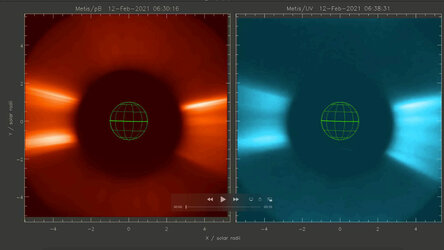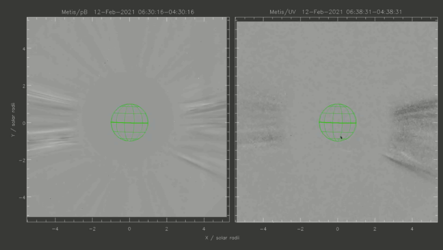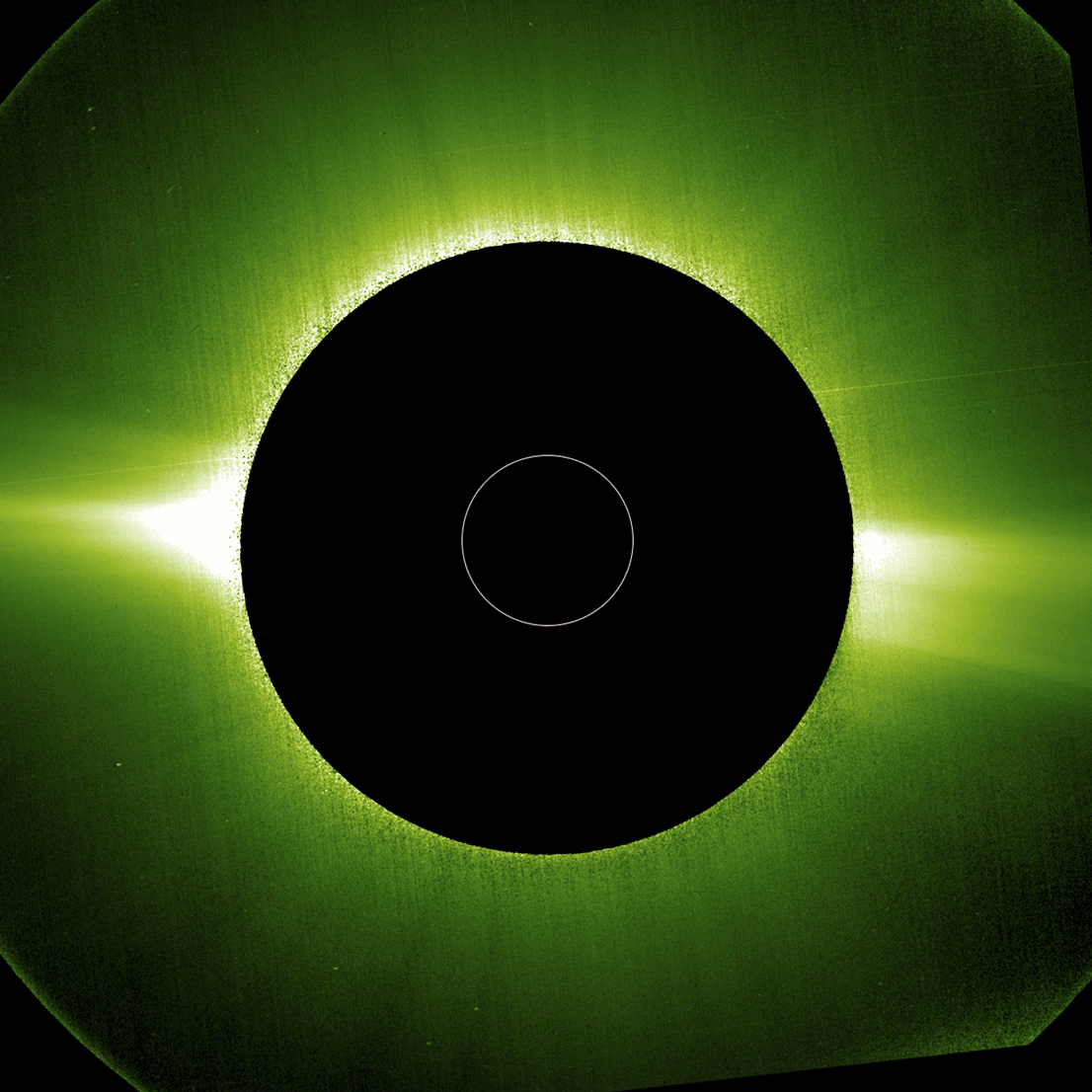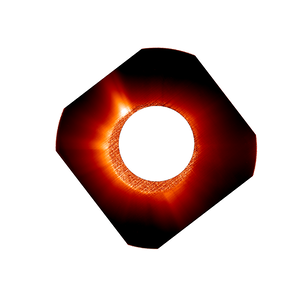Accept all cookies Accept only essential cookies See our Cookie Notice

About ESA
The European Space Agency (ESA) is Europe’s gateway to space. Its mission is to shape the development of Europe’s space capability and ensure that investment in space continues to deliver benefits to the citizens of Europe and the world.
Highlights
ESA - United space in Europe
This is ESA ESA facts Member States & Cooperating States Funding Director General Top management For Member State Delegations European vision European Space Policy ESA & EU Space Councils Responsibility & Sustainability Annual Report Calendar of meetings Corporate newsEstablishments & sites
ESA Headquarters ESA ESTEC ESA ESOC ESA ESRIN ESA EAC ESA ESAC Europe's Spaceport ESA ESEC ESA ECSAT Brussels Office Washington OfficeWorking with ESA
Business with ESA ESA Commercialisation Gateway Law at ESA Careers Cyber resilience at ESA IT at ESA Newsroom Partnerships Merchandising Licence Education Open Space Innovation Platform Integrity and Reporting Administrative Tribunal Health and SafetyMore about ESA
History ESA Historical Archives Exhibitions Publications Art & Culture ESA Merchandise Kids Diversity ESA Brand Centre ESA ChampionsLatest
Space in Member States
Find out more about space activities in our 23 Member States, and understand how ESA works together with their national agencies, institutions and organisations.
Science & Exploration
Exploring our Solar System and unlocking the secrets of the Universe
Go to topicAstronauts
Missions
Juice Euclid Webb Solar Orbiter BepiColombo Gaia ExoMars Cheops Exoplanet missions More missionsActivities
International Space Station Orion service module Gateway Concordia Caves & Pangaea BenefitsLatest
Space Safety
Protecting life and infrastructure on Earth and in orbit
Go to topicAsteroids
Asteroids and Planetary Defence Asteroid danger explained Flyeye telescope: asteroid detection Hera mission: asteroid deflection Near-Earth Object Coordination CentreSpace junk
About space debris Space debris by the numbers Space Environment Report In space refuelling, refurbishing and removingSafety from space
Clean Space ecodesign Zero Debris Technologies Space for Earth Supporting Sustainable DevelopmentLatest
Applications
Using space to benefit citizens and meet future challenges on Earth
Go to topicObserving the Earth
Observing the Earth Future EO Copernicus Meteorology Space for our climate Satellite missionsCommercialisation
ESA Commercialisation Gateway Open Space Innovation Platform Business Incubation ESA Space SolutionsLatest
Enabling & Support
Making space accessible and developing the technologies for the future
Go to topicBuilding missions
Space Engineering and Technology Test centre Laboratories Concurrent Design Facility Preparing for the future Shaping the Future Discovery and Preparation Advanced Concepts TeamSpace transportation
Space Transportation Ariane Vega Space Rider Future space transportation Boost! Europe's Spaceport Launches from Europe's Spaceport from 2012Latest
Watch wind whirl from the Sun
Thank you for liking
You have already liked this page, you can only like it once!
Aside from sunlight, the Sun sends out a gusty stream of particles called the solar wind. The ESA-led Solar Orbiter mission is the first to capture on camera this wind flying out from the Sun in a twisting, whirling motion. The solar wind particles spiral outwards as if caught in a cyclone that extends millions of kilometres from the Sun.
Solar wind rains down on Earth's atmosphere constantly, but the intensity of this rain depends on solar activity. More than just a space phenomenon, solar wind can disrupt our telecommunication and navigation systems.
Solar Orbiter is on a mission to uncover the origin of the solar wind. It uses six imaging instruments to watch the Sun from closer than any spacecraft before, complemented by in situ instruments to measure the solar wind that flows past the spacecraft.
This video was recorded by the spacecraft's Metis instrument between 12:18 and 20:17 CEST on 12 October 2022. Metis is a coronagraph: it blocks the direct light coming from the Sun's surface to be able to see the much fainter light scattering from charged gas in its outer atmosphere, the corona.
Metis is currently the only instrument able to see the solar wind's twisting dance. No other imaging instrument can see – with a high enough resolution in both space and time – the Sun's inner corona where this dance takes place. (Soon, however, the coronagraph of ESA's Proba-3 mission might be able to see it too!)
The research paper that features this data, ‘Metis observations of Alfvénic outflows driven by interchange reconnection in a pseudostreamer’ by Paolo Romano et al. was published today in The Astrophysical Journal.
Solar Orbiter is a space mission of international collaboration between ESA and NASA, operated by ESA.
[Technical details: The starting image of the video shows the full view of Solar Orbiter's Metis coronagraph in red, with an image from the spacecraft's Extreme Ultraviolet Imager in the centre (yellow). Zooming to the top left of this view, we see a video derived from Metis observations. The vertical edge of the video spans 1 274 000 km, or 1.83 solar radii. The contrast in the Metis video has been enhanced by using a ‘running difference’ technique: the brightness of each pixel is given by the average pixel brightness of three subsequent frames, minus the average pixel brightness of the three preceding frames. This processing makes background stars appear as horizontal half-dark, half-light lines. Diagonal bright streaks and flashes are caused by light scattering from dust particles close to the coronagraph.]
-
CREDIT
ESA & NASA/Solar Orbiter/Metis & EUI Teams, V. Andretta and P. Romano/INAF -
LICENCE
ESA Standard Licence
-
Closed captions available Captions and subtitles are available (automatically generated by YouTube) - select your language using the YouTube player controls. A non-YouTube version is available using the 'download' button above.
-
Animation
-
-
-

Metis views of February 2021 CME

Metis running difference views of February 2021 CME

Turbulence in the Sun’s corona

Solar Orbiter’s first view of the Sun’s corona















 Germany
Germany
 Austria
Austria
 Belgium
Belgium
 Denmark
Denmark
 Spain
Spain
 Estonia
Estonia
 Finland
Finland
 France
France
 Greece
Greece
 Hungary
Hungary
 Ireland
Ireland
 Italy
Italy
 Luxembourg
Luxembourg
 Norway
Norway
 The Netherlands
The Netherlands
 Poland
Poland
 Portugal
Portugal
 Czechia
Czechia
 Romania
Romania
 United Kingdom
United Kingdom
 Slovenia
Slovenia
 Sweden
Sweden
 Switzerland
Switzerland

























